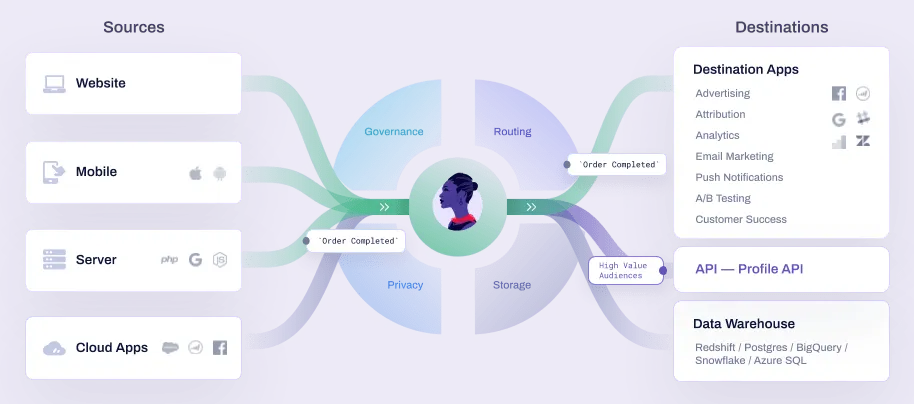Introduction
In today’s interconnected world, data has become one of the most valuable assets for organizations. However, this valuable resource comes with significant responsibilities, particularly when it comes to data privacy compliance on a global scale. One crucial aspect of achieving compliance is the art of data mapping. In this article, we will explore what data mapping is, why it matters for global data privacy compliance, and how organizations can master the Art of Data Mapping for Global Data Privacy Compliance safeguarding both their data and their reputation.
Understanding Data Mapping
Data mapping is the process of visually representing the flow of data within an organization. It involves identifying, categorizing, and documenting all the data that an organization collects, processes, and stores. This mapping process provides a comprehensive overview of where data originates, how it moves, and where it ultimately resides within the organization’s infrastructure.
Why Data Mapping Matters for Global Data Privacy Compliance
- Regulatory Complexity: Data privacy regulations such as the General Data Protection Regulation (GDPR) in Europe, the California Consumer Privacy Act (CCPA) in the United States, and various other national and international laws require organizations to demonstrate transparency in data handling. Data mapping is fundamental in achieving this transparency by showing how data is managed across borders and jurisdictions.
- Risk Mitigation: Understanding the data landscape is essential for identifying potential data privacy risks. Data mapping helps organizations pinpoint areas where sensitive information is at risk of exposure, enabling them to implement appropriate security measures to mitigate these risks.
- Compliance Documentation: Many data protection laws require organizations to maintain records of their data processing activities. Data mapping serves as a valuable tool for creating these records, demonstrating compliance, and facilitating communication with regulatory authorities.
- Data Subject Rights: Data subjects have the right to access, rectify, or erase their personal data. With a well-documented data map, organizations can efficiently respond to these requests by locating and managing the relevant data.
- Efficient Data Governance: Effective data governance relies on knowing where data resides and how it is used. Data mapping provides a solid foundation for developing and enforcing data policies and procedures, ensuring data is handled in a compliant and ethical manner.
Mastering the Art of Data Mapping
- Start with Inventory: Begin by taking an inventory of all data assets. This includes structured data in databases, unstructured data in documents, and even data held by third-party vendors.
- Categorize and Classify: Categorize data based on its sensitivity and its relevance to data protection regulations. Different types of data may require different levels of protection.
- Document Data Flows: Map the journey of data within your organization, from collection to processing, storage, and eventual disposal. Consider both digital and physical data flows.
- Identify Data Owners: Assign responsibility for different datasets to specific individuals or departments within your organization. This ensures accountability for data protection.
- Update Regularly: Data mapping is not a one-time task. It should be an ongoing process, evolving as your organization’s data landscape changes.
- Use Data Mapping Tools: Various software tools are available to assist with data mapping, making the process more efficient and manageable.
Conclusion
Mastering the art of data mapping is crucial for global data privacy compliance. It empowers organizations to navigate the complex landscape of data privacy regulations, mitigate risks, and build trust with both customers and regulators. As data continues to play a central role in business operations, the ability to map, manage, and protect that data will be a defining factor in the success and sustainability of organizations worldwide.

